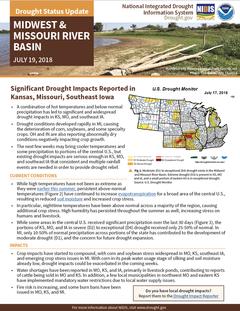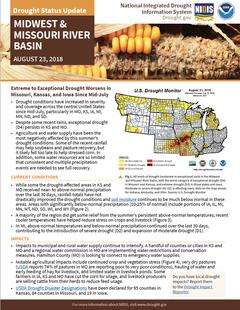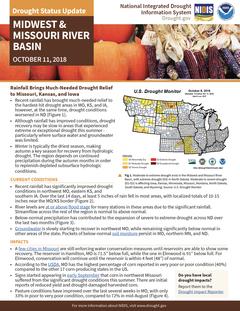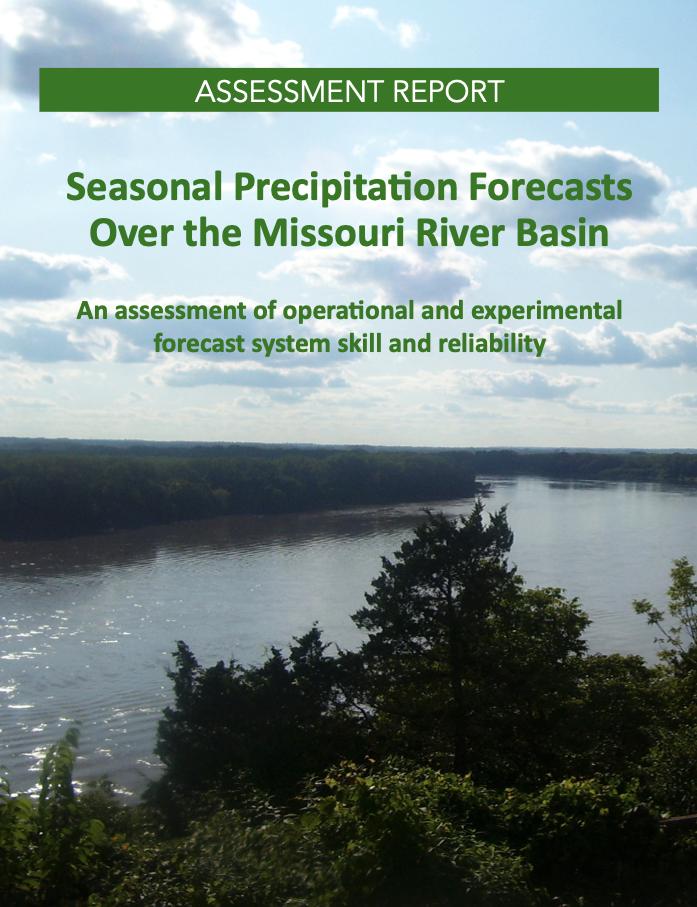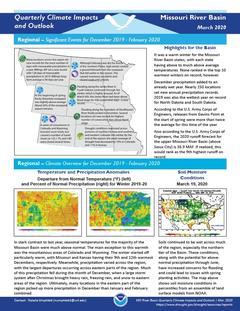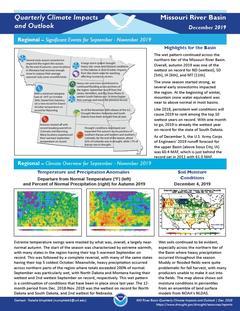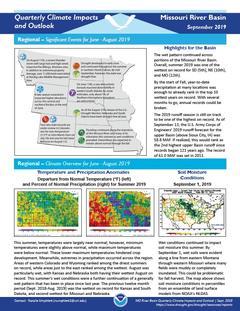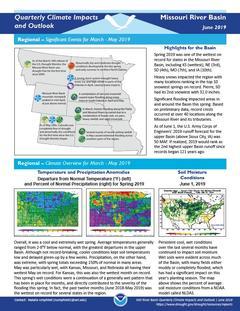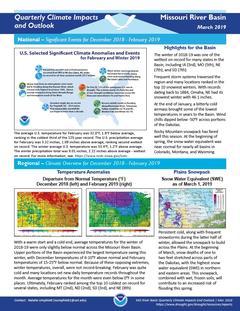Significant Drought Impacts Reported in Kansas, Missouri, Southeast Iowa
Extreme to Exceptional Drought Worsens in Missouri, Kansas, and Iowa Since Mid-July
- Drought conditions have increased in severity and coverage across the central United States since mid-July, particularly in MO, KS, IA, MI, MN, ND, and SD.
- Despite some recent rains, exceptional drought(D4) persists in KS and MO.
- Agriculture and water supply have been the most negatively affected by this summer’s drought conditions. Some of the recent rainfall may help soybeans and pasture recovery, but it likely fell too late to help stressed corn.
Rainfall Brings Much-Needed Drought Relief to Missouri, Kansas, and Iowa
- Recent rainfall has brought much-needed relief to the hardest-hit drought areas in MO, KS, and IA, however, at the same time, drought conditions worsened in ND.
- Although rainfall has improved conditions, drought recovery may be slow in areas that experienced extreme or exceptional drought this summer - particularly where surface water and groundwater was limited.
- Winter is typically the driest season, making autumn a key season for recovery from hydrologic drought.
In 2011, the Missouri River Basin experienced devastating flooding, which caused significant property loss and disrupted thousands of lives. In 2012, the basin experienced extreme drought that impacted water supplies and downstream navigation. Historically, the climate of this region shows a general tendency for both very wet and very dry months in a given year.
Quarterly Climate Impacts and Outlook for the Missouri River Basin June – August 2020. Dated September 2020.
Summer 2020 was one of the warmest on record for many states in the region, including CO (3rd), NE (9th), ND (10th), SD (11th), and WY (11th). It was also one of the driest summers for CO (7th), IA (14th), NE (16th), and WY (16th).
Quarterly Climate Impacts and Outlook for the Missouri River Basin December 2019 – February 2020. Dated March 2020.
Seasonal temperatures for the majority of the Missouri Basin were much above normal. The main exception to this warmth was the mountainous areas of Colorado and Wyoming. Meanwhile, precipitation varied across the region, with the largest departures occurring across eastern parts of the region.
Quarterly Climate Impacts and Outlook for the Missouri River Basin September – November 2019. Dated December 2019.
Extreme temperature swings were masked by what was, overall, a largely near-normal autumn.The wet pattern continued across the northern tier of the Missouri River Basin. Overall, autumn 2019 was one of the wettest on record for North Dakota (wettest), South Dakota (5th), Iowa (6th), and Montana (11th).
Quarterly Climate Impacts and Outlook for the Missouri River Basin June – August 2019. Dated September 2019.
This summer, temperatures were largely near normal; however, minimum temperatures were slightly above normal, while maximum temperatures were below normal. Meanwhile, extremes in precipitation occurred across the region. This summer's wet conditions were a further continuation of a generally wet pattern that has been in place since last year.
Quarterly Climate Impacts and Outlook for the Missouri River Basin March – May 2019. Dated June 2019.
Average temperatures generally ranged from 2-8°F below normal, with the greatest departures in the upper Basin. Precipitation, on the other hand, was extreme, with spring totals exceeding 150% of normal in many areas.
Quarterly Climate Impacts and Outlook for the Missouri River Basin December 2018 – February 2019. Dated March 2019.
With a warm start and a cold end, average temperatures for the winter were only slightly below normal across the Missouri River Basin. Persistent cold, along with frequent snowstorms during the latter half of winter, allowed the snowpack to build across the Plains.


